Modern Berlin as we know it today has existed for 100 years — since October 1st, 1920 to be exact — when the historic city centre merged with surrounding towns, rural communities and estates to form Groß-Berlin (‘Greater Berlin’). The world’s third largest metropolis, eclipsed only by London and New York at the time, appeared virtually overnight.
The city’s tumultuous history goes back at least 800 years, but it was in the 1920s that Berlin began its evolution into the rich metropolis we recognise today.
Take a trip back in time to the 1920s with these 12 photos.
Kreuzberg is known as Hallesches Tor

Punks, organic food stores and riots — that’s what comes to mind when you think of Kreuzberg. Also the Turkish shops on Oranienstraße, squats, and of course the 1st of May. In 1920 there was the ‘Kreuzberg’ itself in Viktoriapark, but the district around it was still known as Hallesches Tor. It wasn’t until 1921 that it received the name that has long since become cult — and now the wet dream of landlords and investors.
Shopping — local and regional

In 1920 there was not yet a city magazine for this up-and-coming metropolis. tip Berlin was only founded in 1972. Had it existed, however, our food editors would have been thrilled by the authentic traders who supplied the big city with regional products. Everything was sustainable, organic and had a charming Berlin narrative. And ‘Berlinerisch’ was still spoken on every corner.
The heart of the city: Unter den Linden
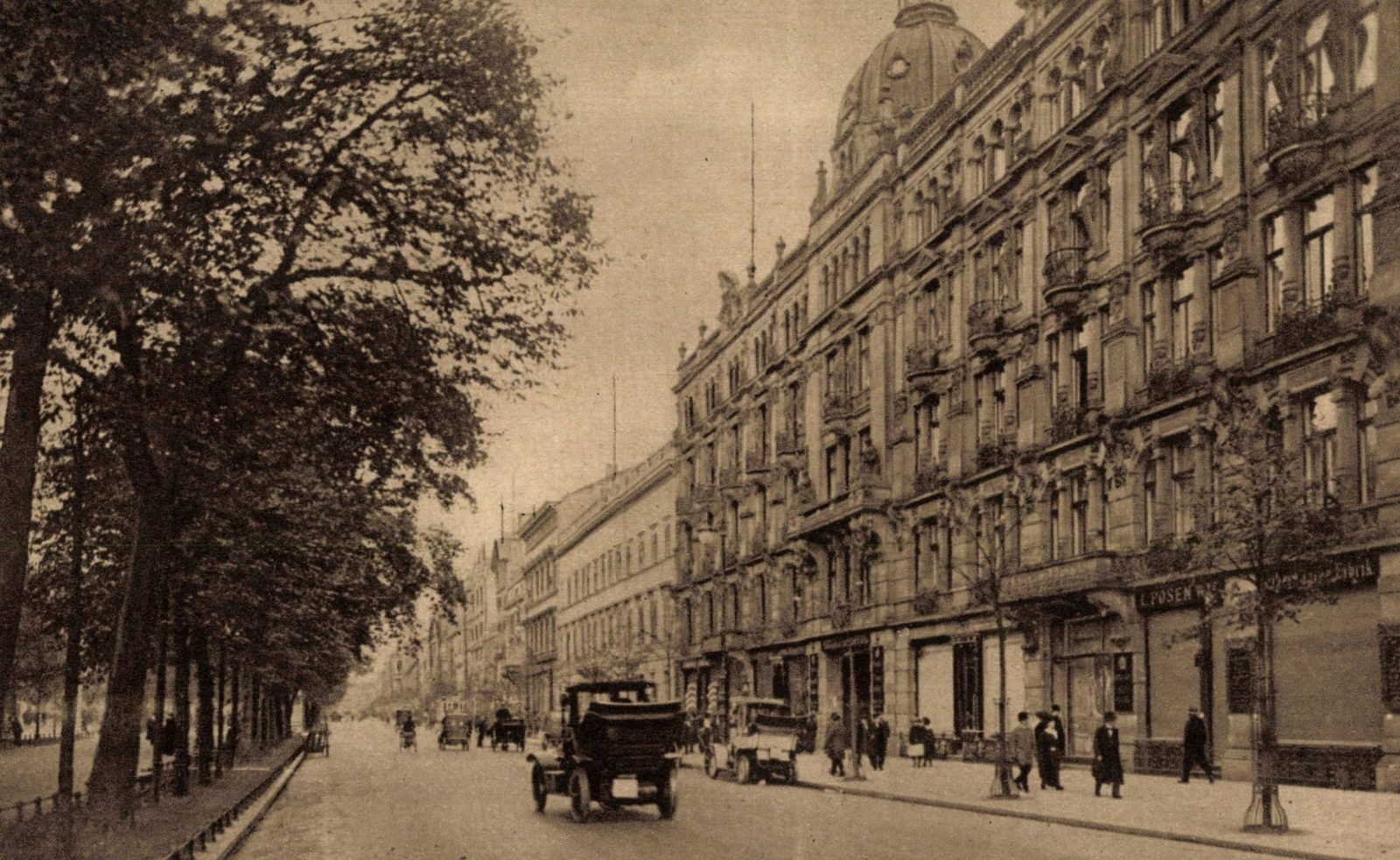
In Mitte beat the heart of the powerful Prussian capital. The upper classes strolled here. People went to the opera or the theatre, in Friedrichstraße gentlemen lifted their hats as they passed rows of upmarket stores. Who knows whether these genteel circles welcomed the incorporation of the surrounding area into a mega-city with almost four million inhabitants.
Glitz at the Zoological Garden

The Zoological Garden was already open in the middle of the 19th century, Kurfürstendamm was known throughout the country, and Tiergarten served Berliners as the green lung of the city 100 years ago. In the main restaurant one could sit on the big terrace at weekends and in the summer time, eat something and drink a beer. The needs of the people back then were not so very different from those of today.
The U-Bahn in Schöneberg
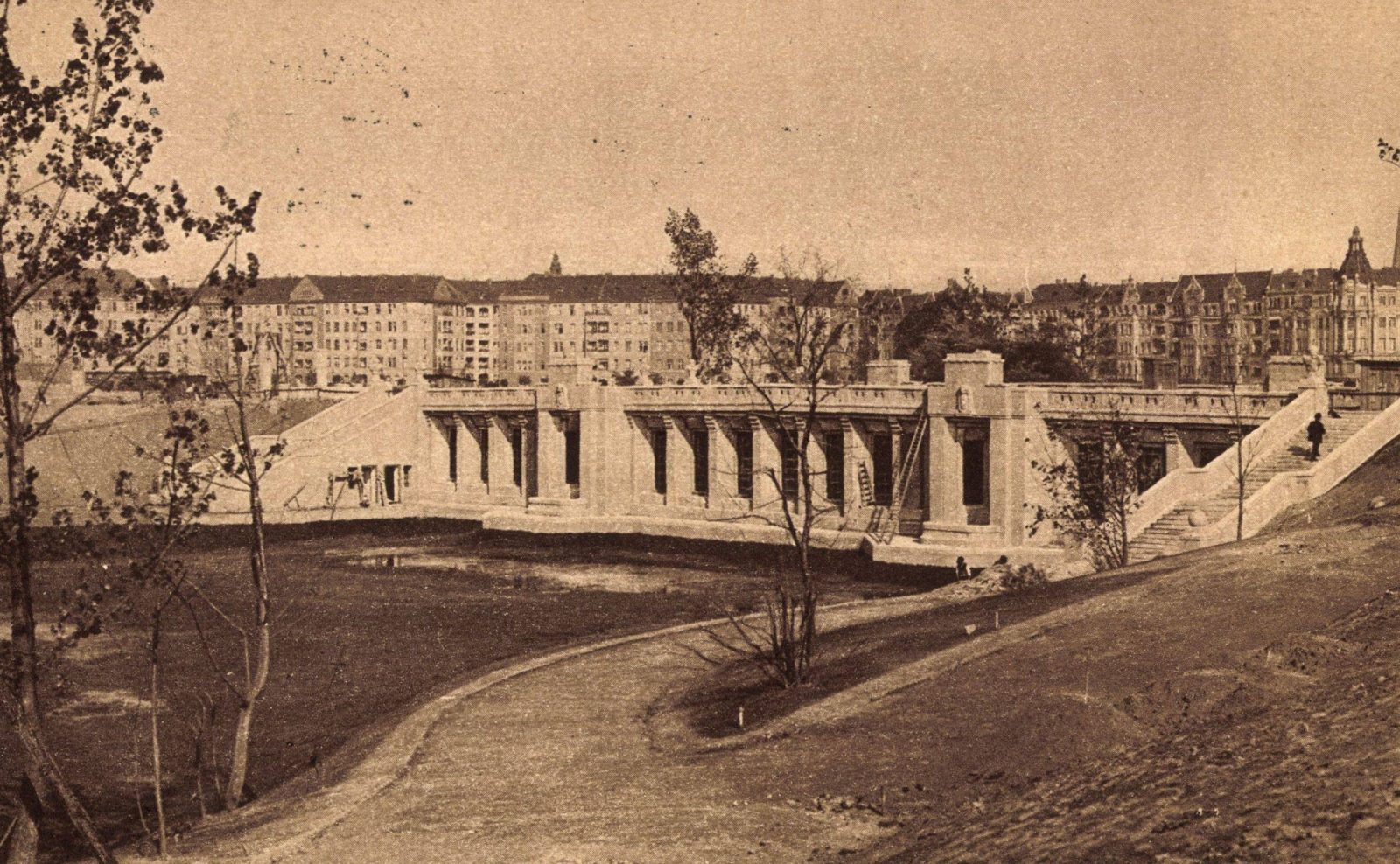
Underground railways have been running in Berlin since the beginning of the 20th century. By the outbreak of WWI, the Gesellschaft für elektrische Hoch- und Untergrundbahnen (‘electric elevated and underground railway company’) built four lines that went to Pankow, Schöneberg and Halleschen Tor. Schöneberg was previously an independent city and only became a Berlin district in 1920, but the area around Nollendorfplatz was already connected with the city in terms of local transport.
Hustle and bustle at Potsdamer Platz
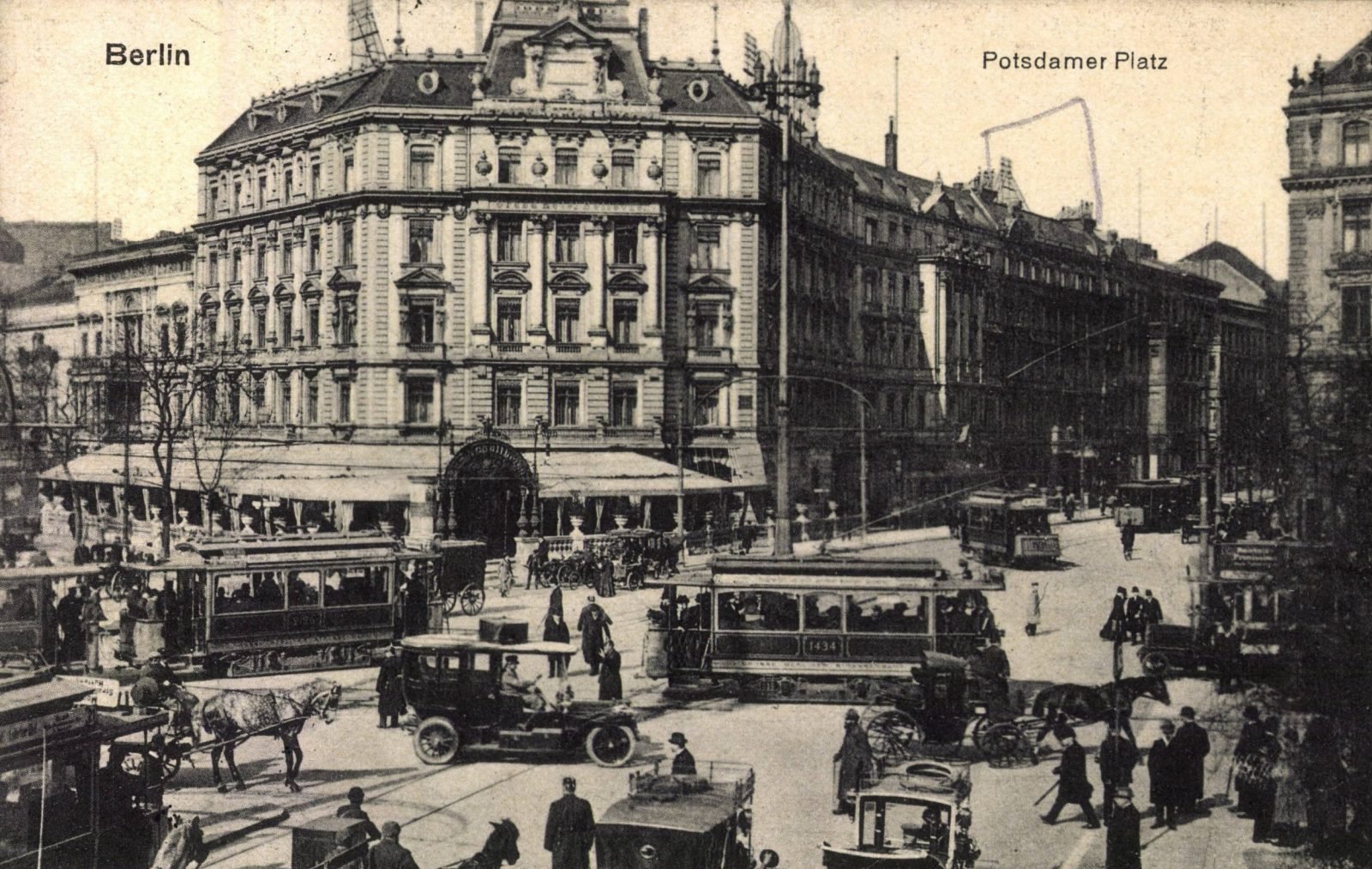
Life pulsed here — Potsdamer Platz was one of the most vibrant places in the city. It became a symbol of the modern, cosmopolitan city of Berlin and epitomised the joie de vivre of the Golden Twenties, which really only started around 1924.
Hipster girls at Café Meran

After WWI and the Spanish flu pandemic, the city slowly recovered. Enthusiastic about the latest motions pictures and jazz, a young, life-hungry generation stepped onto the dance floors and into the cafés of the city. Berlin developed into the hedonistic capital of the world. People snorted cocaine, smoked and danced into the night.
Our editors could not identify exactly who Loni and Gisa were, but this is undoubtably what Berlin hipster girls looked like around 1920. Today they’d probably be standing in the Berghain queue.
Riots in Friedrichshain
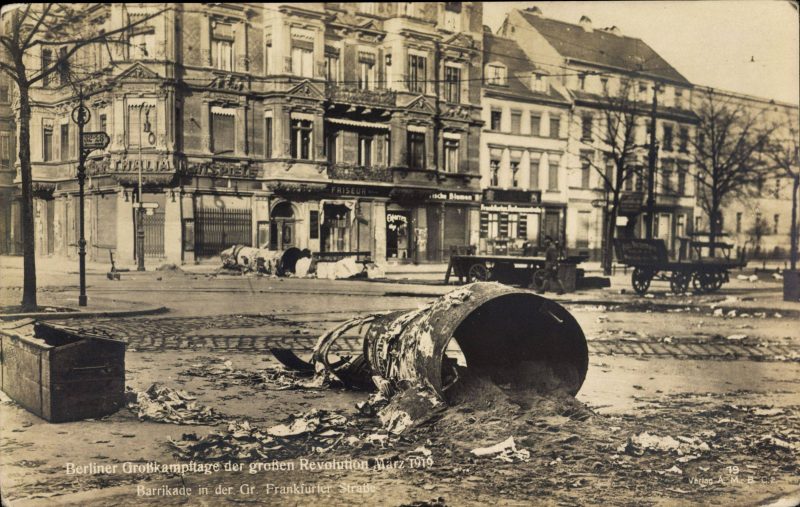
The November Revolution of 1918 continued to reverberate in Berlin until the spring of 1919. In Friedrichshain, the so-called ‘Berliner Märzkämpfen’ (‘Berlin March Fights’) resulted in combative clashes between workers and Freikorps groups. Barricades rose, stones flew and houses burned. In Lichtenberg, too, there were fierce fights in the year before Greater Berlin was formed.
Not much happened in Lichterfelde…
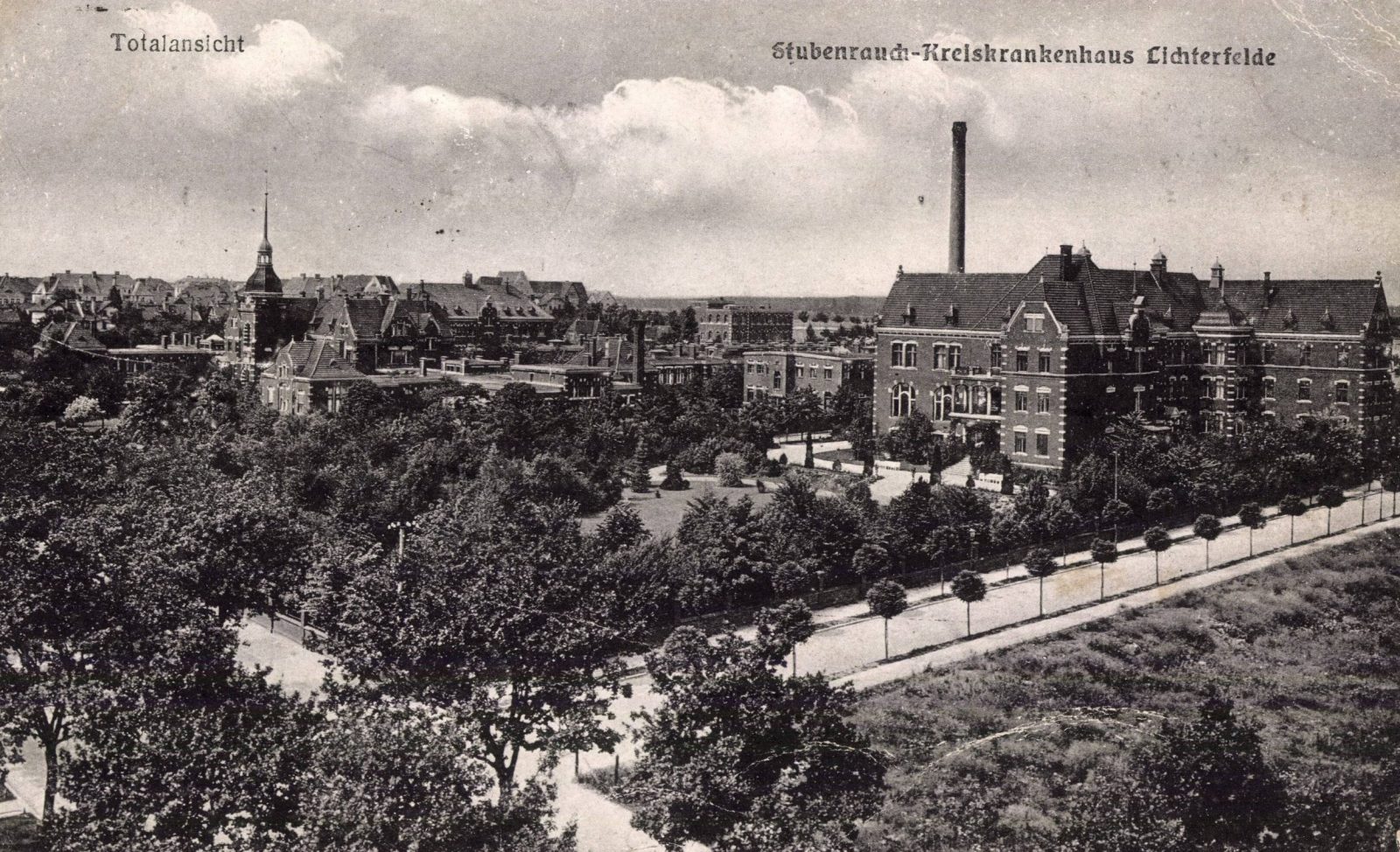
On the other hand, many places around Berlin enjoyed idyllic peace and quiet. In Lichterfelde, for example, there was little going on in 1920. You lived, worked, went to the lake at weekends, and the children played in the garden. The clocks ticked a little slower in the south. And some of them still do today.
…or Reinickendorf

Reinickendorf only became part of Berlin in 1920. This area was dominated by industry, but retained its rural character for a long time. The Nordbahn, Kremmener Bahn and Heidekrautbahn train lines connected the suburb with the city centre.
The counter-revolution rolls on

Politically speaking, things were very lively in Berlin. In October 1920 Greater Berlin was to be be created — but in March the same year, history could have taken quite a different path. On March 13th, national conservative forces led by General Walther von Lüttwitz revolted against the Weimar Republic. The attempt, which was defeated after 100 hours, went down in history as the ‘Kapp-Putsch’.
Wedding is red
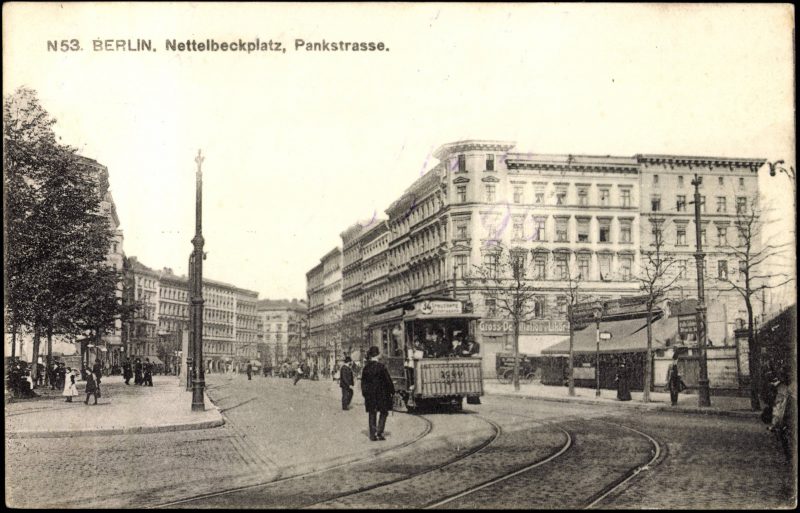
Wedding already belonged to Berlin before the city’s incorporation in October 1920. In this working-class district, which was strongly influenced by industrialisation and one of the poorest areas in Berlin, a self-confident trade union and workers’ movement developed as early as the 19th century, and earned the district the nickname ‘Roter’ (‘red’) Wedding (no, not that one). German singer Ernst Busch even immortalised the ‘Rote Wedding’ in a song.
Special exhibitions to mark 100 years of Greater Berlin
The Märkisches Museum dedicates the exhibition ‘Chaos & Aufbruch – Berlin 1920/2020’ (‘Chaos & Renewal – Berlin 1920/2020’) to this theme. Scheduled to open in April, the exhibition has now been postponed until late summer.
From October, the exhibition ‘Unvollendete Metropole. 100 Jahre Städtebau für Groß-Berlin’ (‘100 Years of Greater Berlin: An Unfinished Project’) is due to take place at Kronprinzenpalais in Mitte.
Berlin’s district museums are also planning various exhibitions on the subject.
Original text Jacek Slaski
Few cities have undergone such a tumultuous 100 years as Berlin — the city was barely recognisable in these photos taken at the end of WWII. Today, even its iconic clubs lay quiet — as captured in this fascinating photo series.
[smbtoolbar]



